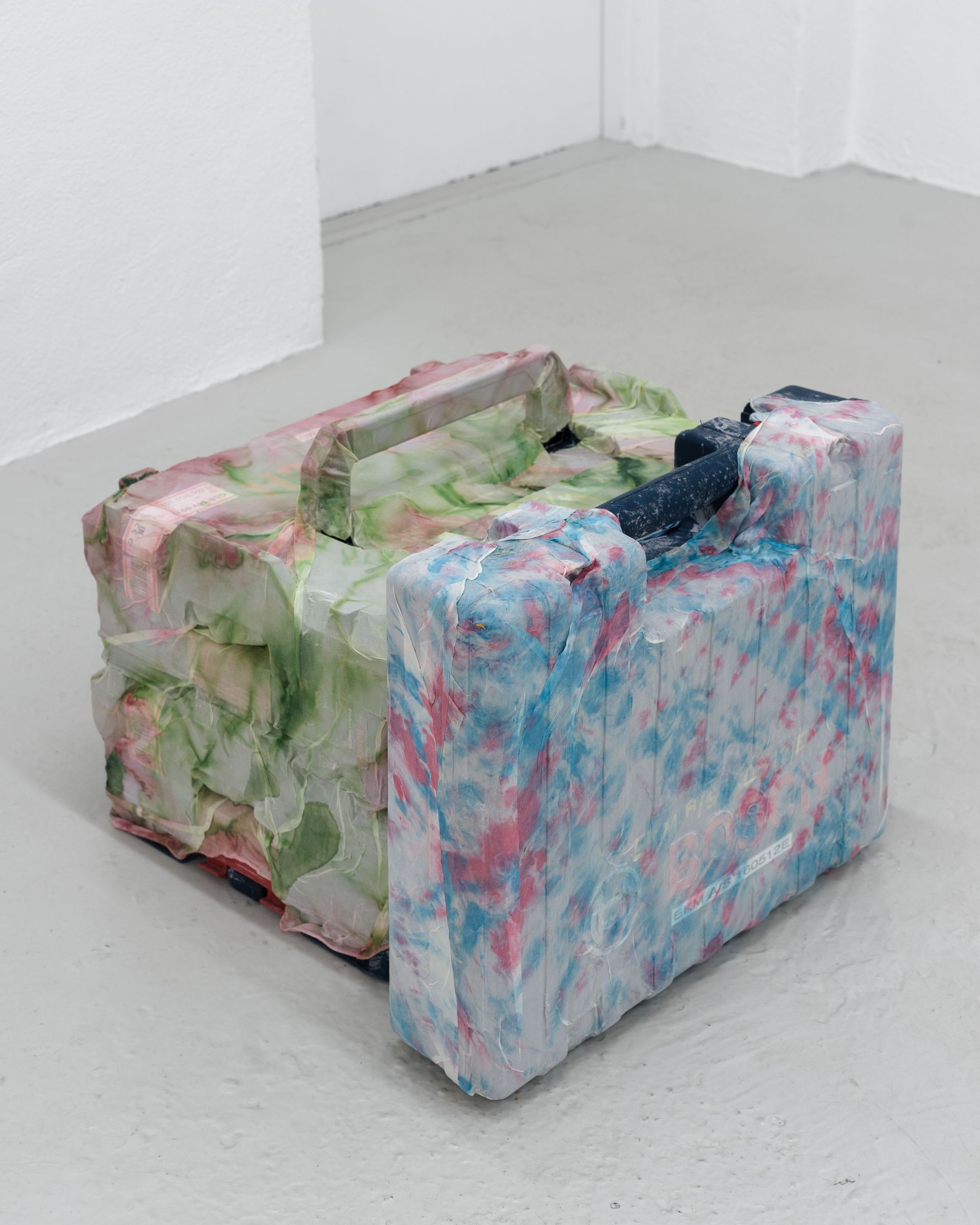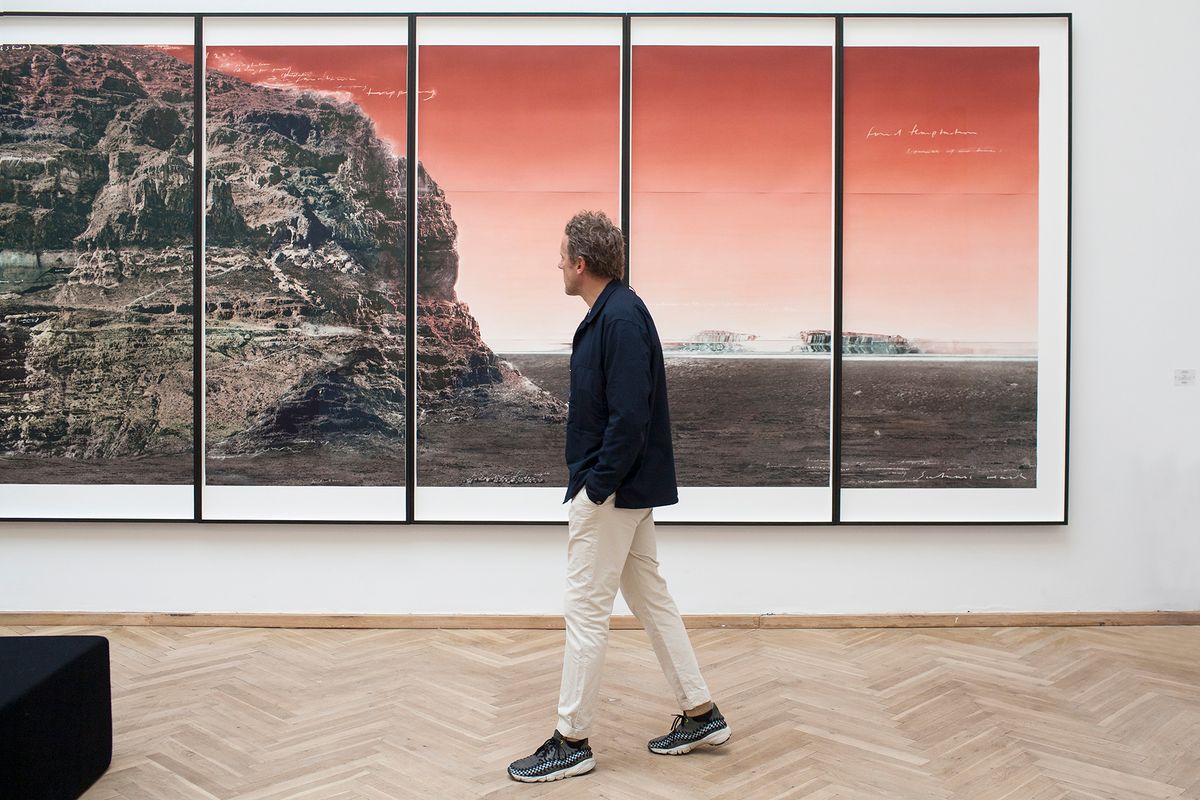Like almost every other art fair on the circuit, the format of Chart in Copenhagen was disrupted in the wake of the pandemic. But this year the prime regional fair is back with a vengeance in its home location; 26 Nordic galleries are due to take part in the ninth edition opening this week at Charlottenborg, home of the Royal Danish Academy of Fine Arts (27-29 August).
Chart's director Nanna Hjortenberg acknowledges that fairs now need to change, however, and has adapted the fair format accordingly. “We've focused on strengthening the quality of the fair and shifting our focus; we have collaborations with renowned museums and institutions across Copenhagen. We have invited a range of new galleries to join us, and we are launching an art book fair for the first time,” she says.
Last year, fair organisers took the radical step of de-centring the event, exhibiting across five Nordic capitals and various digital platforms. “Our ambition is to supplement the physical event, the network and community we have built, with a year-long online platform that offers greater insights, knowledge and inspiration,” Hjortenberg adds. A new editorial online section includes articles such as “What should art fairs look like during a crisis?” by Christian Viveros-Fauné.

Chart, pre-pandemic Photo Barskprojects
Peder Lund gallery in Oslo will present blue-chip contemporary works by artists such as Louise Bourgeois, Constantin Brâncuși, Ida Ekblad, Isa Genzken, and Roni Horn in an installation “inspired by one of the great photographic images of the twentieth century: Constantin Brâncuși's Vue de l'atelier (1927)”, the gallery says. Romanian-born Brâncusi, known for his sculptural practice, also excelled in “staged photography”.
“Man Ray was his teacher. He created this group of photos; most are in the collection of the Pompidou but also several other museums. I kept some of the photos,” Lund says. Within the studio setting, the gallery will show a diwan by the late Austrian artist Franz West (2008), “one of his famous furniture pieces, an incredible piece by Isa Genzken from 2015 (Untitled, comprising a silk kimono and brass propeller) and a painted bronze pirate head by Paul McCarthy (Shit Face, 2010-17).” Price points for works shown range from $35,000 to $450,000.
“Everything we do is focused inwards on the Scandinavian market; we work closely with all the museums in the region. Over the past 15 years we’ve placed around 1,500 works in [regional institutions and private collections],” Lund adds. He expects to see collectors from the UK and Italy who are now free to travel to Denmark, adding that Janne Sirén, the director of the Albright-Knox gallery in Buffalo, New York, is bringing a group of key patrons as part of a partnership with the fair. “He has created this incredible group of Nordic collectors from Iceland, Norway, Denmark and Finland. He is also coming with some of his key supporters from the museum.”

Anne-Mette Schultz's work will be on show with C.C.C. gallery Photo: Brian Kure
Simon Rasmussen, the founder of C.C.C. gallery in Copenhagen, says that the pandemic has been a reality check for galleries and artists to look “within and re-evaluate their strategies”. Reaching beyond the local art crowd can still be challenging, he stresses. “Physical encounters are crucial, especially for a young gallery like my own. Since no gallery is an island, taking part in a dialogue with collectors, curators and other exhibitors, in an institutional frame such as Chart is essential.” The gallery is showing works by the Danish artist Anne-Mette Schultz who has reconfigured toolboxes into sculptural works, priced between €1,210 and €5,647.
Another participant, Cecilia Hillström Gallery in Stockholm, also welcomes the Chart re-boot. “Although we were for a time unsure whether a physical fair would be possible, we now feel that a Nordic fair is a good first step towards some kind of ‘new normal’. And yes, it definitely feels that the Nordic art scene should reconvene and gather some strength after a problematic time,” Hillström says.
She expects to see mainly Nordic and North European collectors. “We are showing a completely new video installation by up-and-coming Swedish artist Anna-Karin Rasmusson, The Order of Things. It also felt right to show a piece which is more focused on the institutional scene this year, and we hope to reconnect with important Nordic institutions,” she adds.


